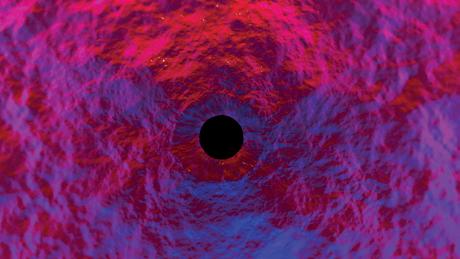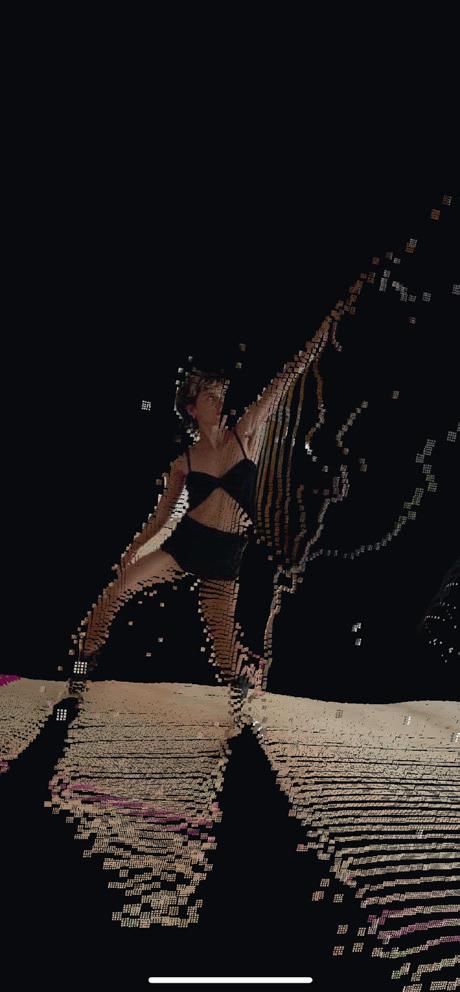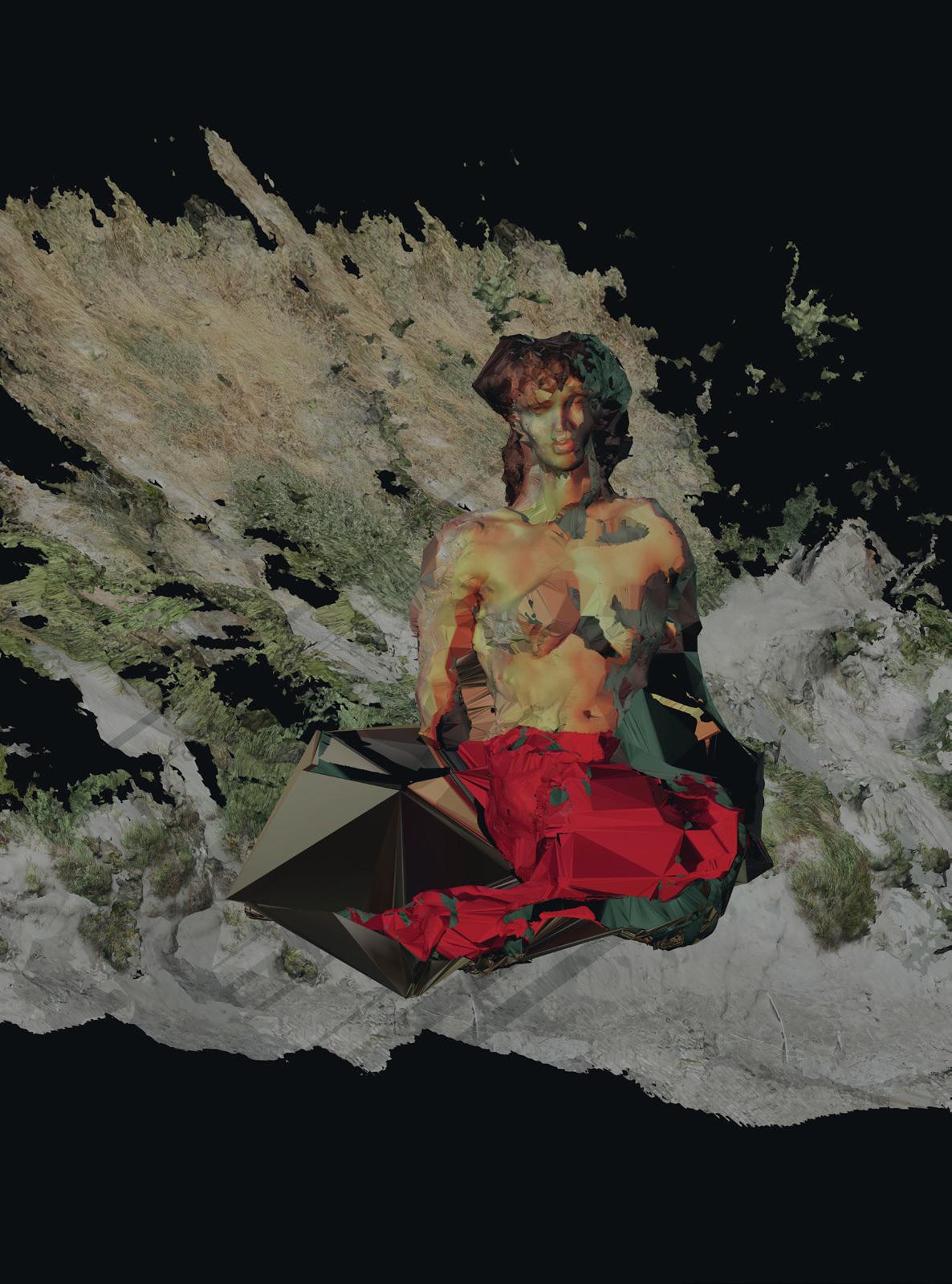
5 minute read
SARAH FERNANDEZ
FROM SCANNING TO SKINNING: HOW TO SWIM IN LAYERS OF VIRTUAL SCUM
A (SCAM) RESEARCH ON DIGITAL SPECTRUMS
Sarah Fernandez, also called SEVC, is not a digital native, she was born in the early 90s. In a time just before the quick spread of digital culture that fascinates her today. She graduated in Philosophy and Social Sciences at the University Pantheon-Sorbonne where she took a special interest in questioning the logic and reality of our so-called ‘best of all possible worlds’.
Her areas of interest circulate around virtual realities and speculative philosophy with an affinity for hybridization and anarchism. She took her obsessions in the visual realms and pursued her research through art when she joined the postgraduate program in the Universidad Nacional de las Artes in Buenos Aires. There she produced several animations that already used a mix of different film formats and techniques.
Since 2019, Sevc is investigating new digital ecologies. Through her practice of 3d scanning and modeling she is fictionalizing our shared world to displace it in the virtual realms where new truths can be unveiled. The raw, imperfect and seemingly incomplete outcomes of her experiments offer an experience of estrangement to the viewer by exposing and demystifying current technologies. Her latest piece focuses on the scanning of a female body and the portrayal of her hometown wetlands of Camargue.
IG: sevcfernandez sevcfz@gmail.com
Scanning means either looking carefully at something in detail or overlooking something quickly to get the general idea. It is linking two different speeds and degrees of attention in one act. It is also defined as looking through something to take an image of an inside.
Although, even if we might be able to fold and unfold space digitally by mapping the world, we cannot render its insides, its guts. Only the skin of it. Even in medical images, what we see is an ethereal extrapolation of data, not the insides as they are if we were to cut open the body.
With the rapid democratisation of 3D visualization and representation tools we start to integrate this new photographic style in our contemporary aesthetic and make new use of it.
Lidar, the acronym for ‘Light detection and ranging’, is a laser-based method that extracts data (ranges) by measuring the time for the reflected light to return to the receiver. It is mapping the heights, the up and downs of an object based on its coordinates. It is a time-space method that allows the passage from the solid state into its a fluid, digital state.
This mutation leaves behind traces and impurities. In this process of digital revelation something has been caught. It is as if by undergoing this transformation from one state of matter to another, back and forth, a new kind of materiality has been secreted. Meshing, that is to say unfolding the network of textured data collected and extrapolated, creates a digital matter that has the double intensity of a mesh and a fluid. In the manner of an undercurrent elusive by nature, yet creating its own flows and shapes. This transformation, almost an alchemical process, takes advantage of the in-betweenness of the medium to reveal errors and glitches. Instead of smoothing and erasing them, I decided looking at those anomalies and even highlighting them.
Polishing the cyberspace as something sleek, clear and clean is an act of dissimulation, of judgment of what is acceptable, of what should be shown and what should be hidden.
Seeing digital spaces as a mere reproduction of our world: that's the real scam. Instead, I think of it as a spectrum. An extension of our reality in another realm, under a different regime.
Since it is a continuum, those dimensions are communicating between each other. Indeed, 3D models are more

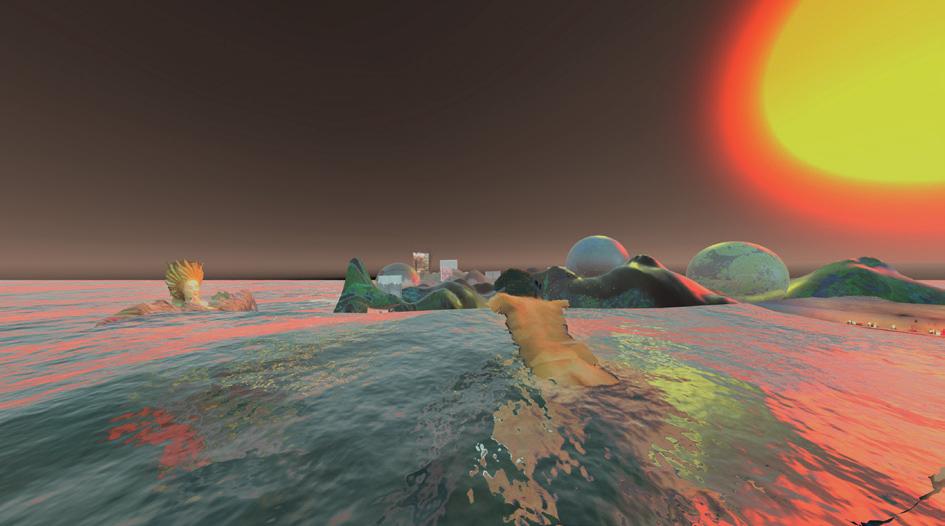
Creating a virtual world means fictionalising our own shared world. Just as good fiction can contain more truth than documentary, what is now called worldling (creating parallel, convergent or divergent worlds that diverge from our physical one) can unveil some deep truths about our world that we often miss by living in it.
By showing the inaccuracy and inadequacy of the world I’m creating, I’m being more honest than those working toward a believable simulation.
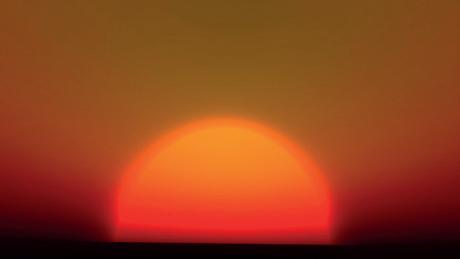
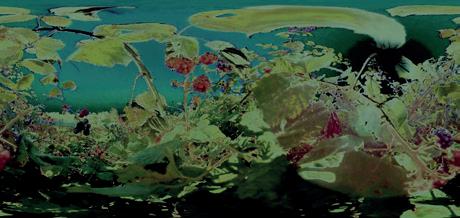
This meshy fluid aesthetic is that of the primordial gruel, or the original world of clay and shadows. And it is not a coincidence that the landscape portrayed in the VR-installation is that of the moist and misty swamps of my homeland Camargue.
Fertile and troubled waters where fiction and reality dissolve into each other like the earth, water and sky, never totally fully one or the other. The installation you will walk in, is a wild tale aimed at decentering our human perception. A speculative Camargue made of dreams of new ecological awareness, new relations between human and non-human. That of the insects, animals, vegetal, elemental or of the statues and avatars.
Because decentralizing does not equal erasing, the human figure still haunts the land. In fact, we encounter many humanoids wandering in and out the digital swamp. Each human-like figure embodies a different aspect of the human experience.
This scattered portrait looks at the human from a displaced point of view, through glimpses that never fixe those humanoid shapes, but allows them to mutate and extend into something else.
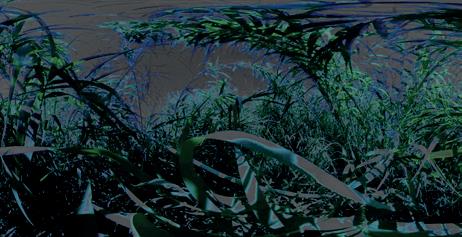
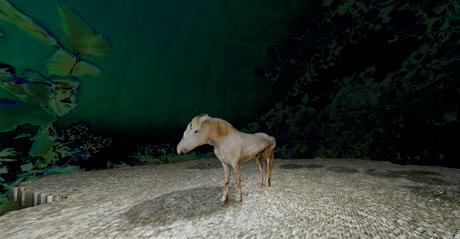
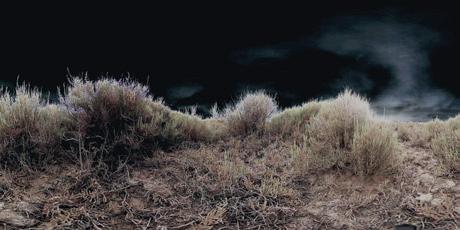
Maybe by not looking straight and hard, but through the distorted and ever-changing medium of the digital could we finally intercept something too subtle to be captured.
With the use of a motion-capture system and the interplay between the physical and digital we will attempt to do so, in a series of live performances.
This project was born and grew in discussion and collaboration with Ailin Formi and was made possible with the support of the VRSpace and the help of Jilt van Moorst.
